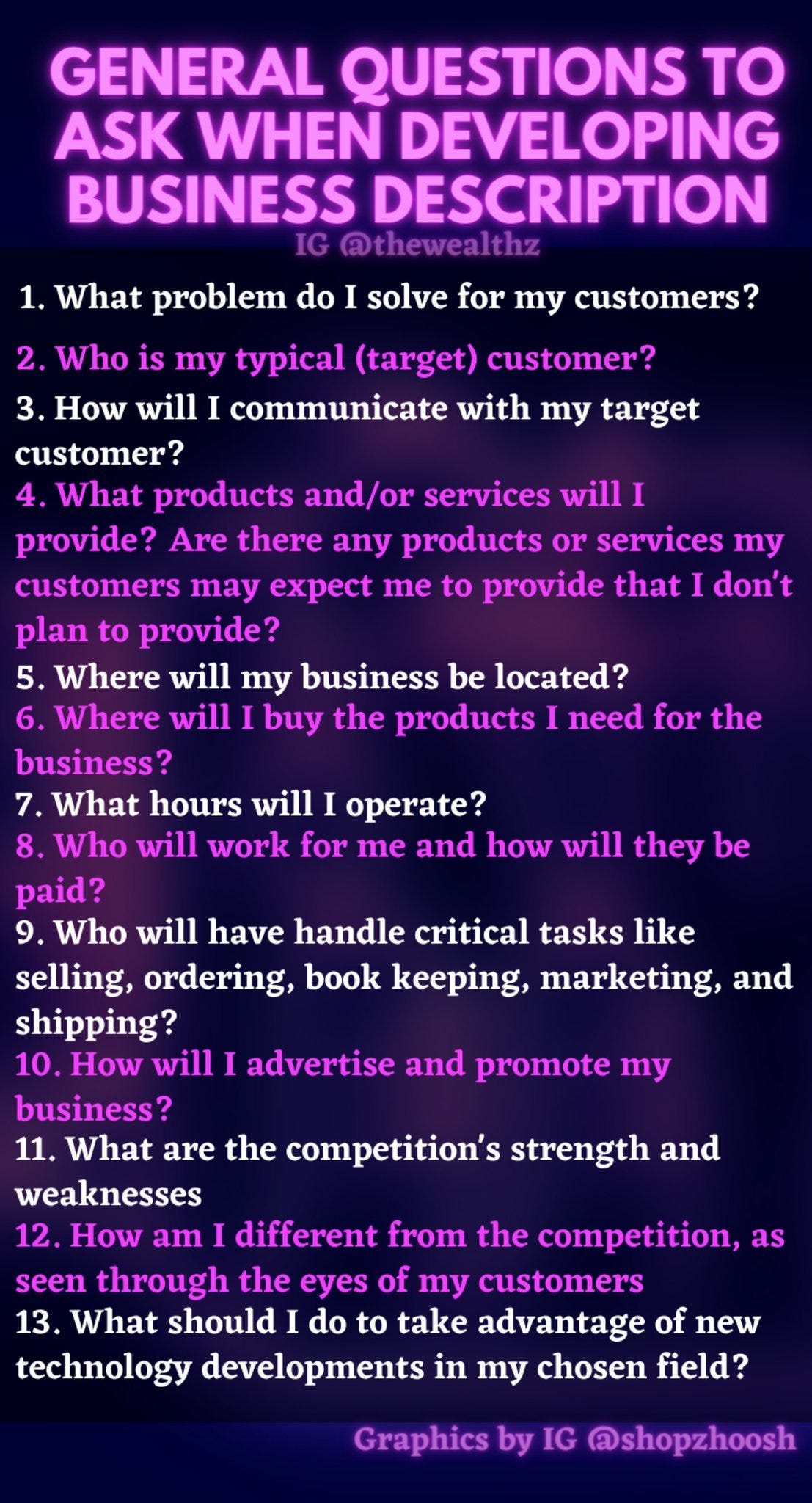Main Components of Business Plan - Issue #2
From convincing prospective investors to creating an effective strategy for growth, business plan is essential to any type of business. After all, it's cheaper to answer questions & solve problems on paper than it is with real money.
1. Title Page
On this page write the title of your business plan, date, your name and address.
2. Plan Summary
Here in engaging manner, tell your readers who you are, what you want to do, how much money you need, and how much money you expect to make, all on one page.
3. Table of Contents
List the headers for the major sections of your plan as well as important subsections. After you have done assembling your plan and number of pages, you're going to put the appropriate page number next to each heading.
4. Problem Statement
Describe the problem that your business will solve. This step requires accurately identifying and understanding your customers' problem and needs.
5. Business Description
Explain exactly what solution you will PROVIDE for the problem you stated earlier. On the picture below, you will find some general business questions
⚠️ Make sure to address specific questions that are relevant to your business.
6. Business Accomplishment
Here, the objective is to get your financial backers trust and like you as a business person by providing HONEST and RELEVANT (to your business) details of your accomplishments and errors.
7. Marketing Plan
This portion addresses how you will get people to buy your product or service in sufficient quantities to make your business profitable.
It consists of:
Market Analysis
Marketing Strategy, and
Marketing and Sales Plans
8. Sales Revenue Forecast
Will your business make money?
👉 Make the following four estimates to know the answer
Sales Revenue
Fixed Costs (Overheads)
Gross Profit (for each sale)
Break-Even Sales Revenue
9. Profit and Loss Forecast
On this step, you should be able to forecast profit so as to prove that your idea is financially viable.
Profit/Loss = Gross Profit - Total Fixed Expense
10. Capital Spending Plan
Make a list of all the things you'll have to buy before you open. Assign specific dollar amounts to each item on this list. Add up all the items you've listed to get an estimate of the cash you need to open your business.
11. Cash Flow Forecast
Estimate how much additional money you'll need to survive the first lean months.
Tip: There are cash flow forecast forms in a spreadsheet computer program that will automatically calculate your monthly net cash, cumulative net cash & yearly total.
12. Required Investment For Your Business
Amount of Money You Need = Total Dollars From the Capital Spending Plan + Largest negative figure from Cumulative Net Cash of monthly Cash Flow Forecast
13. Future Trends
Is your business idea here to stay? Or is it part of a six-month fad?
Is your business idea something that was more popular five years ago than it is now and is declining?
Decide that your business is the right idea at the right time.
14. Risks Facing Your Business
Your prospective investors will want to see that you can deal with possible difficulties. Hence, identify the principal risks facing your business. Then, write out a plan to counter each.
15. Personnel Plan
Business Personality: write a statement of the personality you want your business to have.
Staffing Schedule: decide the number of people you need.
Job Descriptions: should include items like title, duties, skills, salary etc.
16. Specific Business Goals
Exactly what do you want your business to accomplish for you.
17. Personal Financial Statement
This is a statement that tells your backers how you handle money. It includes the current market value of your personal assets, liabilities, your annual income (from all sources), expenses, and any other business or items you own.
18. Personal Background
Your strong and weak points, general and specific skills you have that your business needs, your likes and dislikes etc..
19. Appendix: Supporting Documents
Deciding what kind of documents to include here depends on your specific business situation. The following are some common examples:
Key employee's resume
Copies of any newspaper stories or other publicity you received,
Copies of proposed lease agreements
Conclusion
There are different formats of business plans out there, as long as they all achieved their respective goals there's no right or wrong way of writing it. This one can give you what a general idea of a typical business plan look like as well as the informations you need to prepare before jump-start on your entrepreneurial journey.
••••••••••••••••••••••••••••••••••••
*Originally posted on Twitter.








